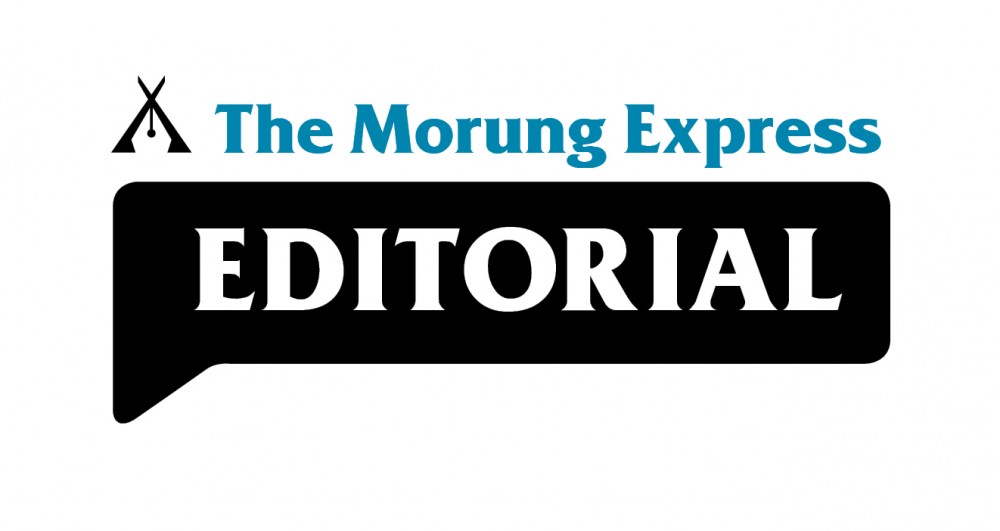
Currently, humanity is facing another generational transition and experiencing an interregnum between the old and the new, particularly in the post-COVID world. In reality, interregnums can be a space for social and people’s movements to grow, public education and awareness to take place and to catalyze participatory activism. However, during this interregnum many unhealthy trends are emerging, one of which at a global scale is fragmentation. John Paul Lederach, a professor in international peacebuilding, laments that “we live in an age of fragmentation. And far too quickly our fragmentation breeds dehumanization.” He points out, “The powerful dynamics of social fragmentation suggest we have not adequately engaged the qualities we must nurture to catalyze leadership for re-humanization.”
Lederach suggests that the core challenge of our times is finding a way “how we will choose to lead into re-humanization while living in the cauldron of fragmentation.” Since the turn of the 21st century the world has been rapidly changing, and we are living in a time of challenging circumstances and increased conflicts which have broad political and cultural implications. With increasing input and technology a dichotomy of more options and flexibility has been created, yet human cultures have only induced further pressures and demands on them. These ever changing conditions require a paradigm shift that offers new ways of defining problems, fostering integrated critical thinking and enabling an interactive multidisciplinary creative praxis.
The Nagas too, are caught in the ‘cauldron of fragmentation’ one of which involves geographical identities being imposed from above to split apart the Naga political belonging. The weaponization of identity is enabling the State to implement the policy to define and rule the people. This ironically requires a section of the people to participate in the defining. By institutionalizing differences along geographical identities, a perceived image of the other within the Naga social and political fabric is forced. The objective of statecraft is delegitimizing the Naga historical and political de facto by undermining its ability to define itself as a peoples, which in turn denies its capacity for rehumanization.
Naga rehumanization naturally involves realizing its self-determining historical and political rights. And crucial to this process is the fundamental need for authentic leadership and inclusive active participation. What does this mean?
In a conflict-riddled Naga context, authentic leadership is one who is not only visionary, vibrant and purposeful, but with the heart to reflectively absorb constructive criticism and demonstrate the will to act justly by understanding, listening and communicating with the Naga mind and heart. Authentic leadership is having the courage to publicly acknowledge wrongdoing and take the responsibility to sincerely and humbly say sorry, and ask people for forgiveness. Such form of leadership is in tune with its common sense to know how negative words hurt others, and conversely how trust-building is the key to forming and sustaining relationships. This also mean being comfortable with complexities while proactively seeking opportunities to partner, collaborate and nurture innovations while discovering and designing solutions together. It is through collaboration that an environment of true learning and listening with openness is formed without an agenda or expectation.
Nagas need authentic leaders who have an all encompassing vision that revolves around improving the lives of all people, not just their kin, clan, village, group, party or faction. This means leaders with a vision for the common good, and the conviction to lead people out of the present condition of indifference that inspires a new imagination. It means engaging with systemic corruption and breaking out from the prevailing isms.
Authentic leadership helps to create a new culture that values unity by holding shared understandings as well as differences, divisions, disunity, and conflicts in a way that respects dignity while reducing hatred, bitterness and violence. A shared leadership model would be more dynamic and truly representative of the Naga way of life – intergenerational, women, men and youth from all parts of Naga culture. This type of leadership is more inclusive, encourages more proactive participation, which can result in shared responsibility and ownership. An authentic leader recognizes the common web of relationships for the common good of a shared humanity that is not limited by borders, boundaries and divided identities.
As a first step to build authentic leadership from among the Naga people, let us reflect what John Paul Lederach is telling us. He says, “To lead into re-humanization while living in the midst of fragmentation we must envision the life school of wholeness that permits us to be fully human with each other, even with those we fear, while we seek the creative strategies that transcend division and violence found in our shared journey and future.”






